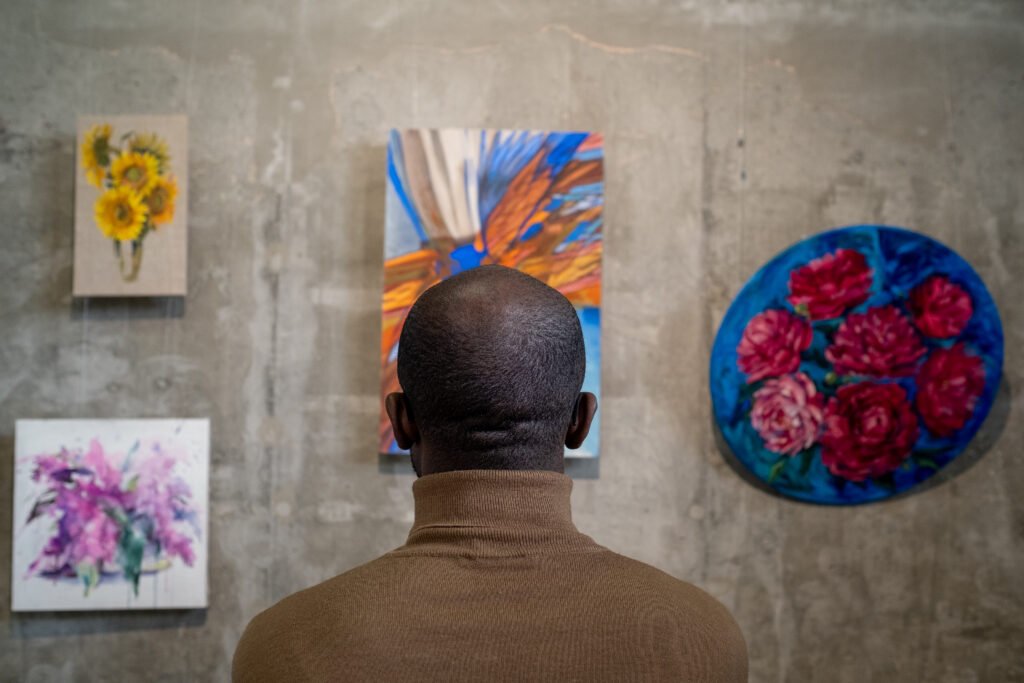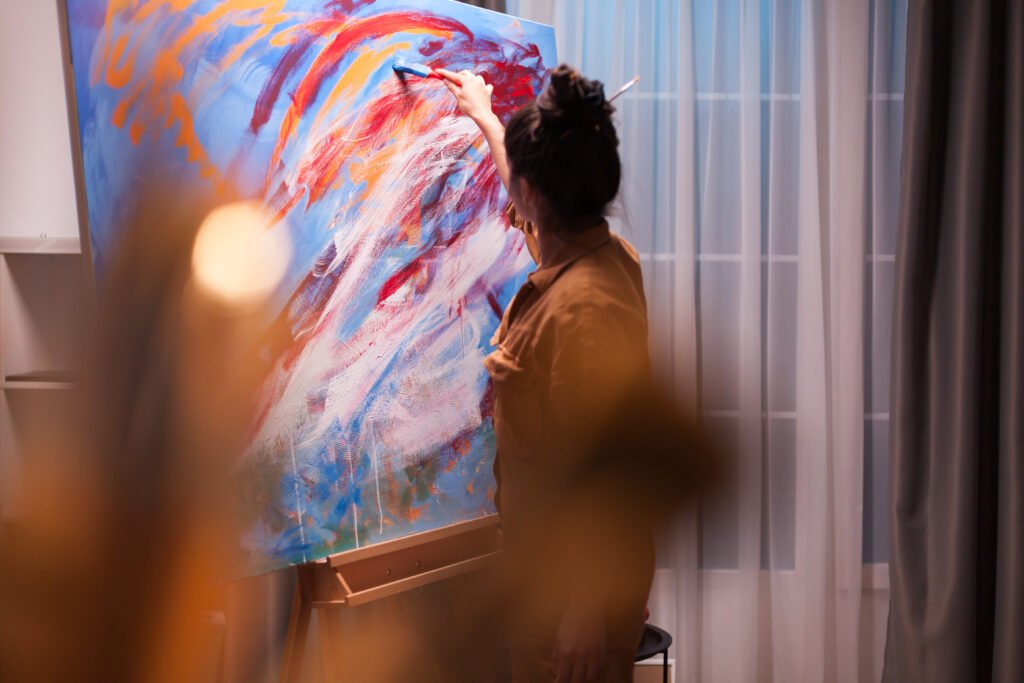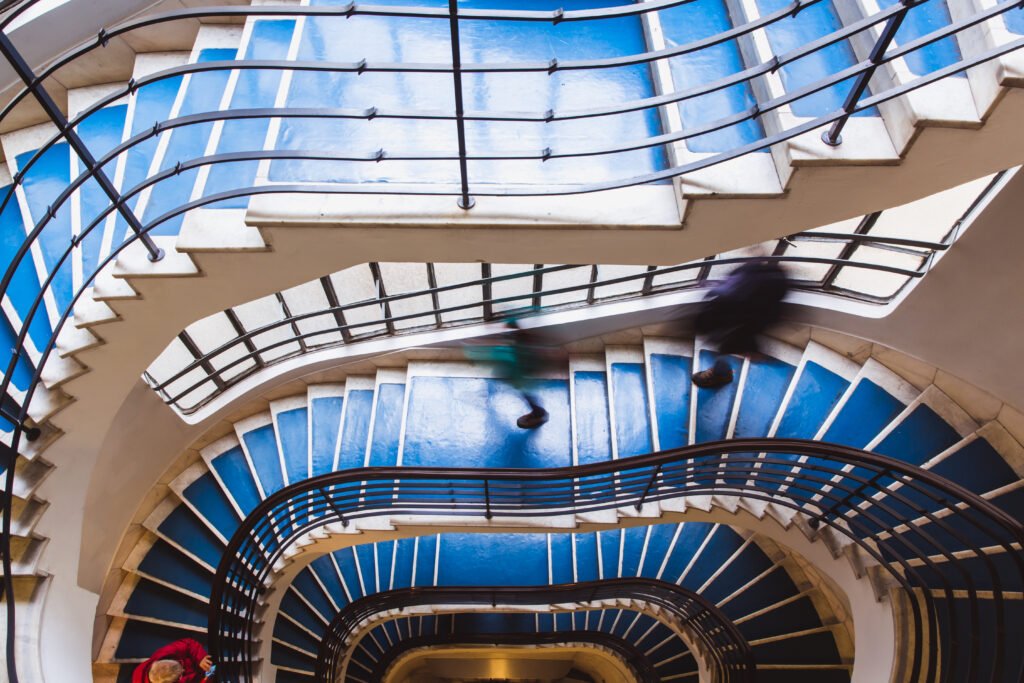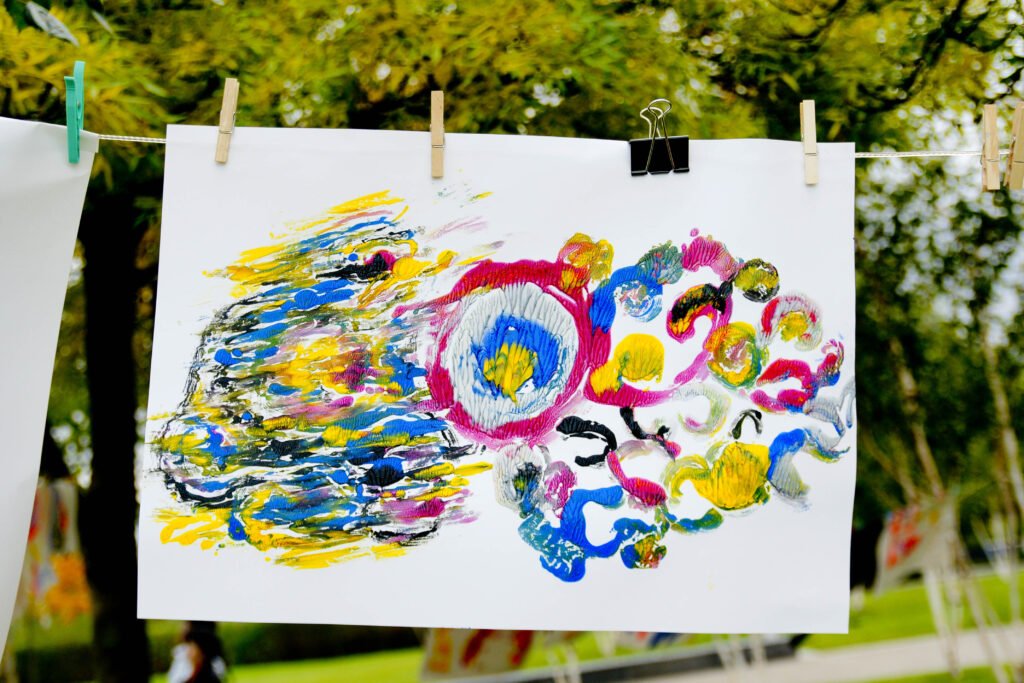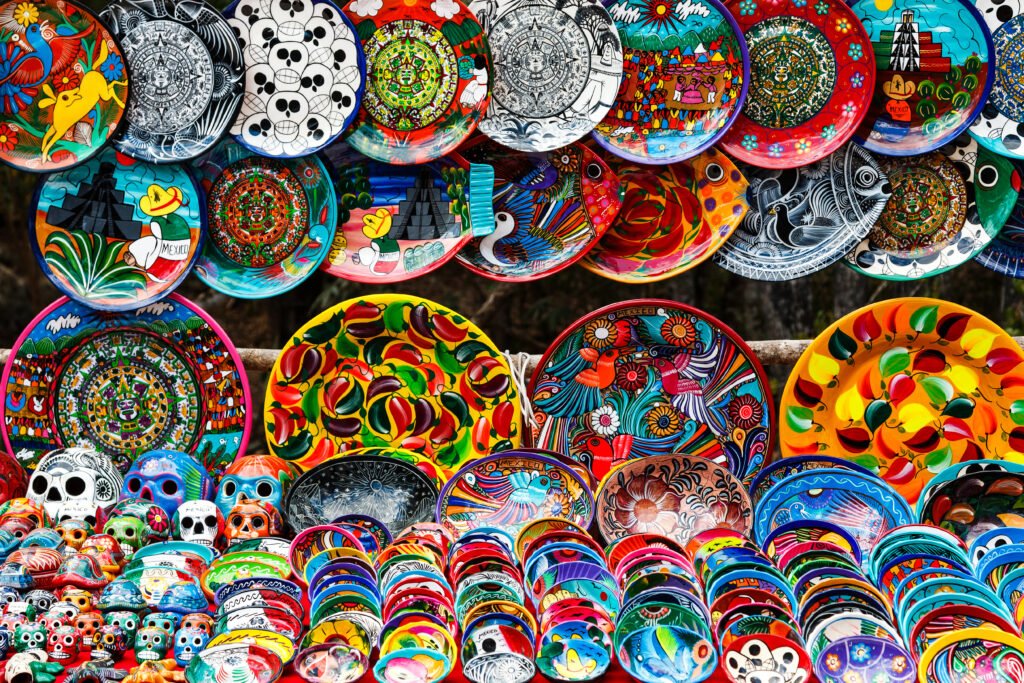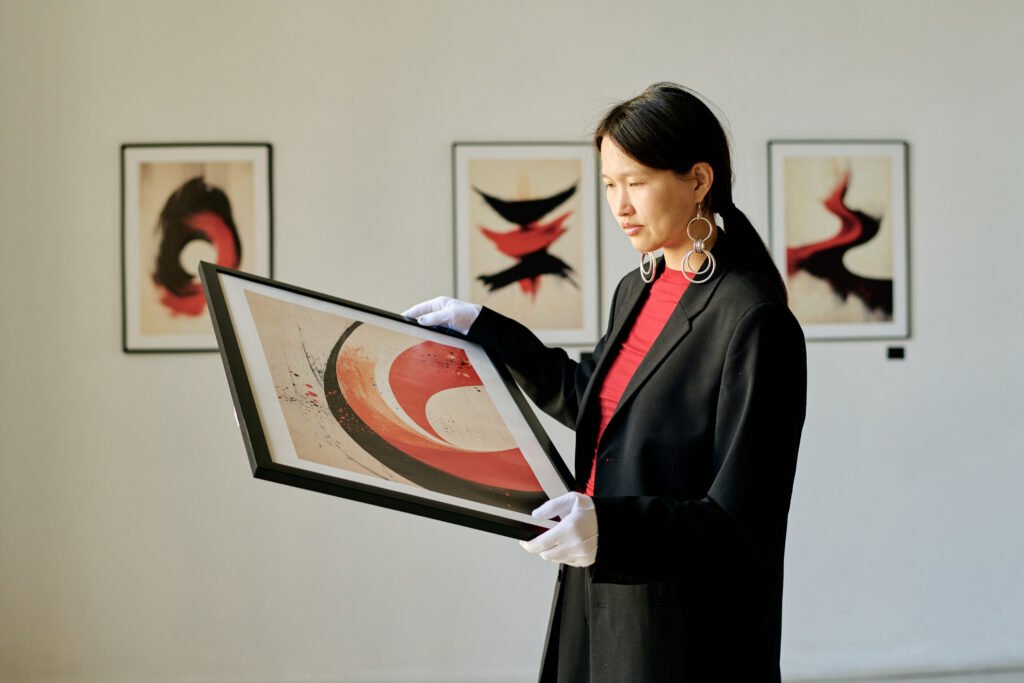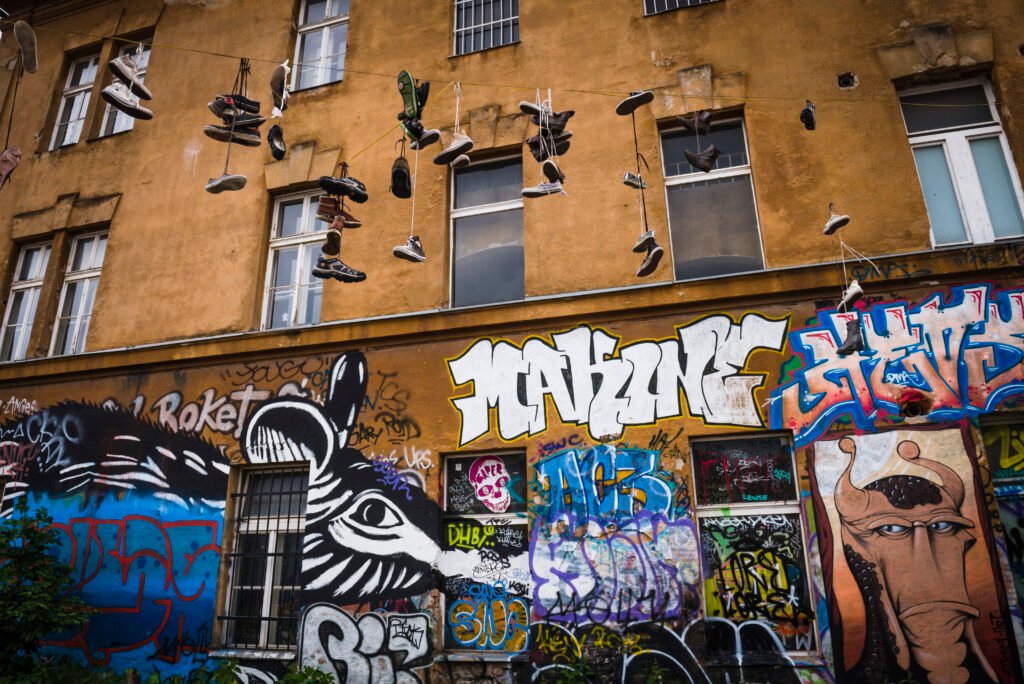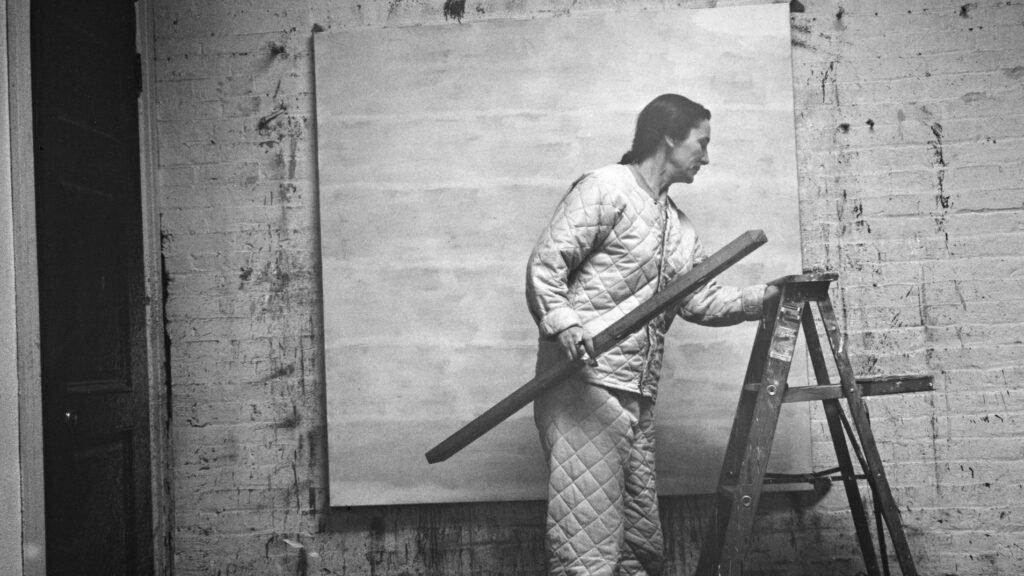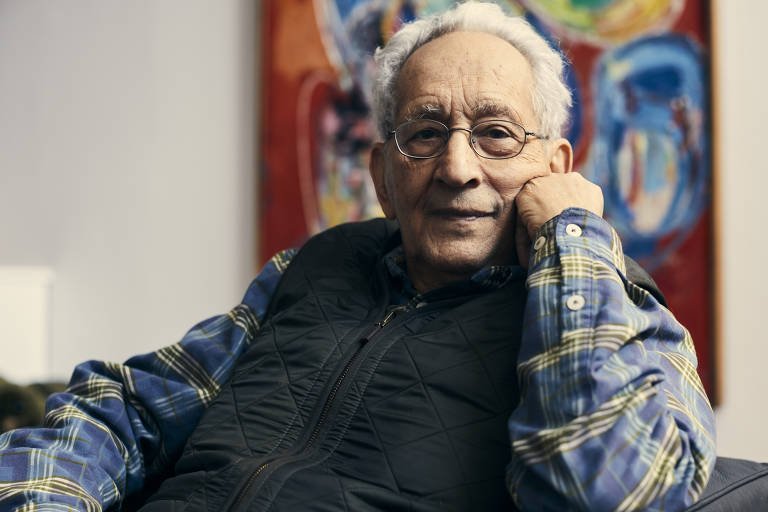Silence and Impact: Why Does Abstract Art Still Disturb?
Even more than a century after its emergence, abstract art continues to make many viewers uncomfortable. Faced with a canvas lacking recognizable figures, some feel lost, frustrated, or even irritated. They ask, “Is this really art?” or “What does it mean?” These reactions have not disappeared over time. In fact, they show how abstraction still […]
Silence and Impact: Why Does Abstract Art Still Disturb? Read More »

